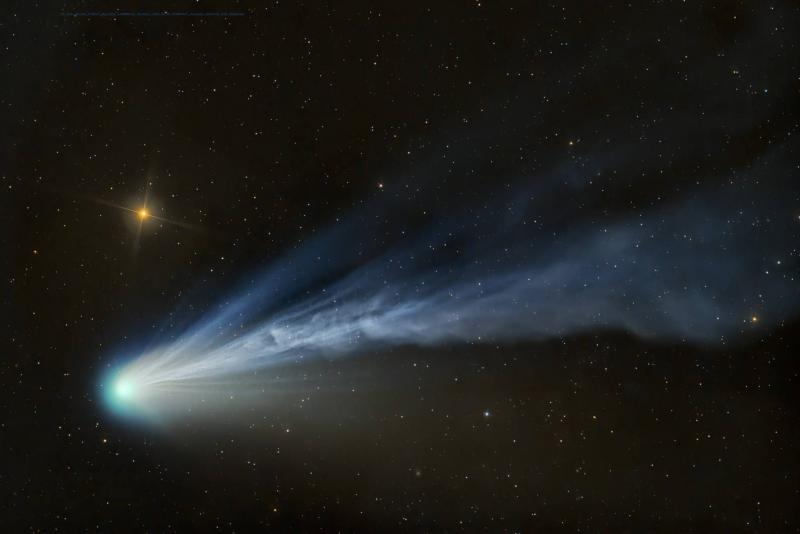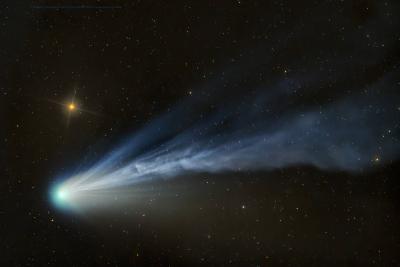The year 2024 is filled with exciting astronomical events, and it seems this trend will continue. After the recent total eclipse and solar storms, sky watchers and astronomy enthusiasts are preparing to observe another phenomenon in a few months.
In October, residents of Earth, not just specialists, will be able to see the comet Tsuchinshan-ATLAS (C/2023 A3) with the naked eye, though it is currently traveling between the orbits of Mars and Jupiter and can only be observed through a telescope while moving between these orbits.
According to the New York Post, the newly discovered comet is expected to pass near Earth in October, and by the time it approaches our planet, it may shine as brightly as Venus in the night sky, the brightest celestial body, making it visible to the naked eye.
The Tsuchinshan-ATLAS comet has been designated as the "Comet of the Year," and it is anticipated to brighten and develop a tail, meaning that by the time it passes in the fall, this long-period comet, which has an orbit of 80,000 years, may shine in the Earth’s night sky more brightly than many stars.
Although it may be challenging for residents of the northern hemisphere to track it due to its low position on the horizon, the best opportunity will be at its closest point to the Sun on October 10, where it should be easily visible in that hemisphere. In the southern hemisphere, it will be visible just after sunset.
The comet is expected to begin dimming around mid-October and originates from the Oort Cloud, a region surrounding our solar system that is home to millions of comets. Notably, astronomers discovered the comet last February in a collaborative effort between the ATLAS (Asteroid Terrestrial-impact Last Alert System) telescope in South Africa and the Tsuchinshan Observatory in China.




